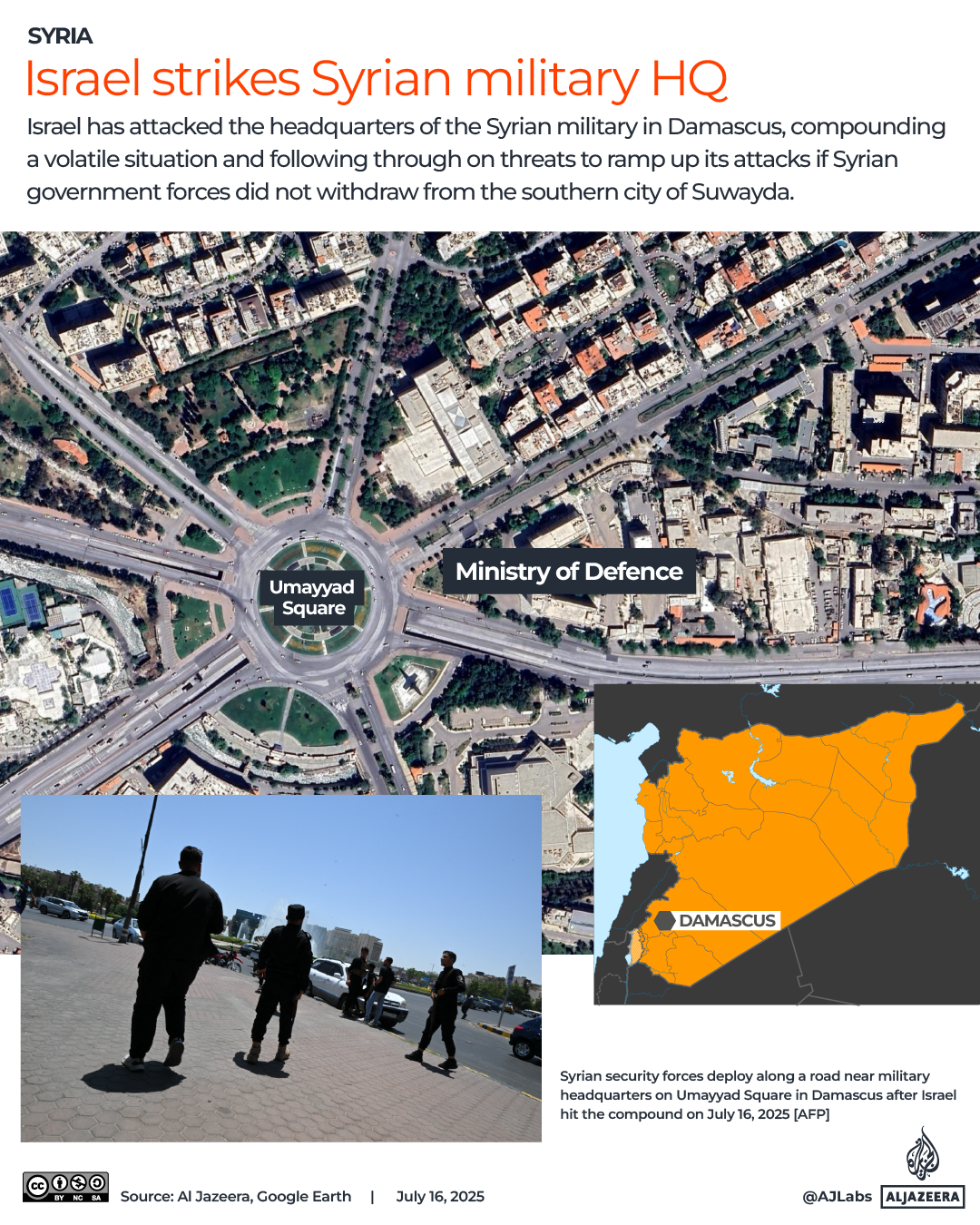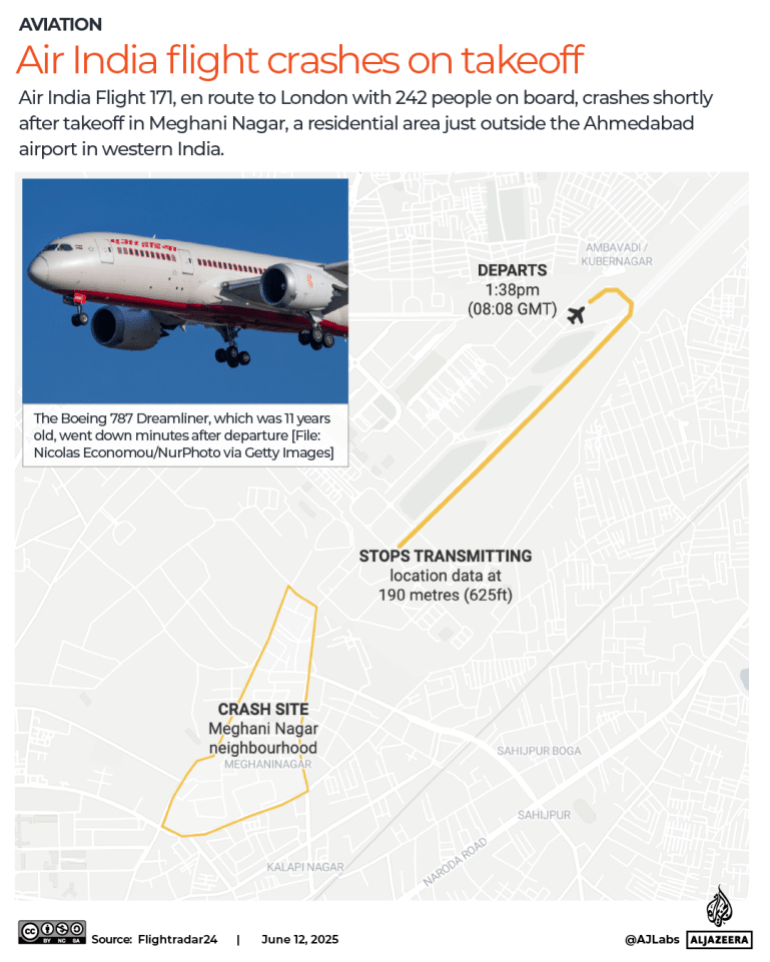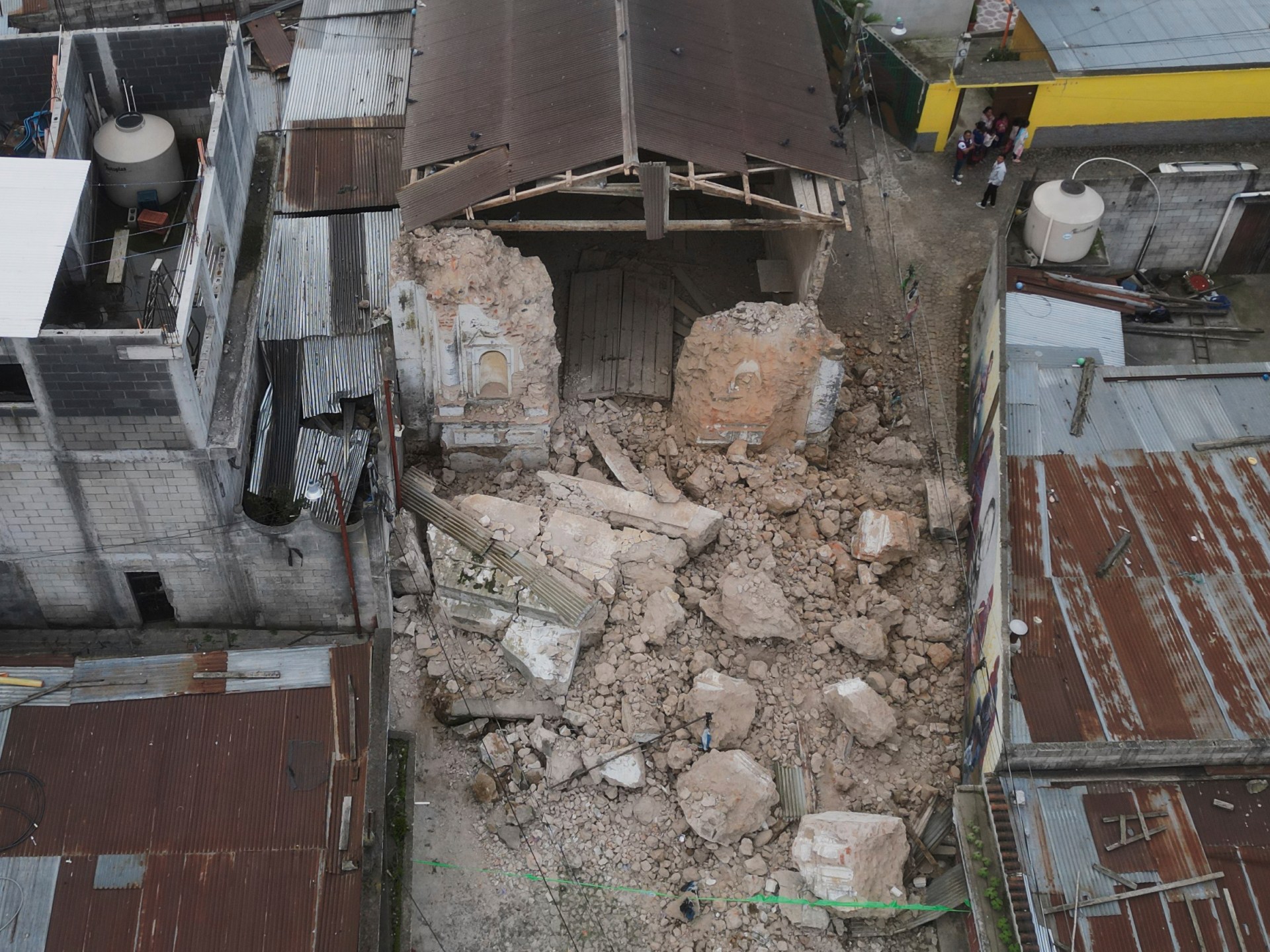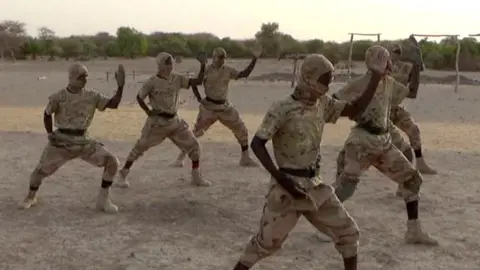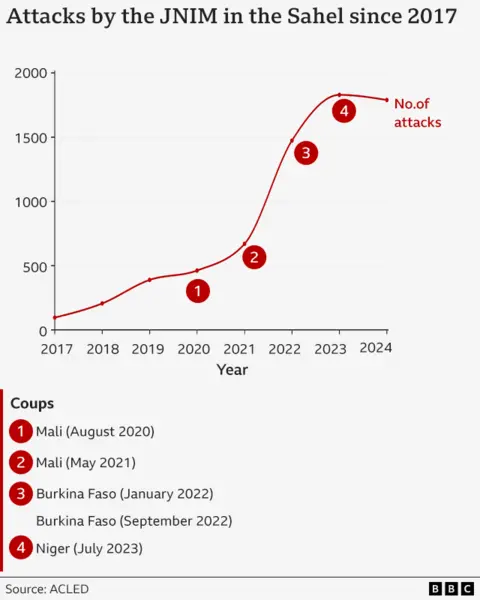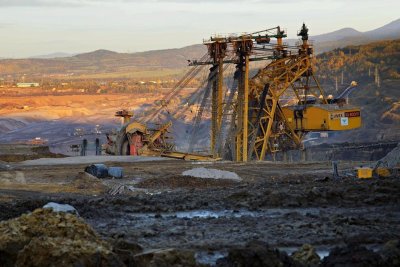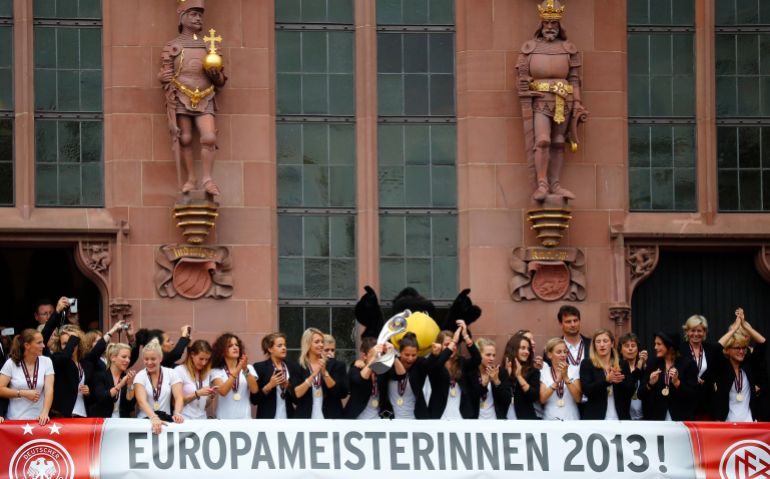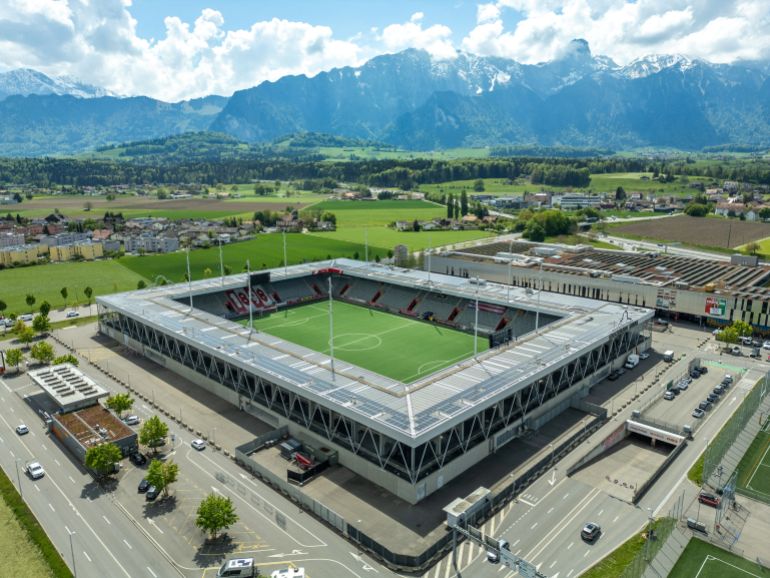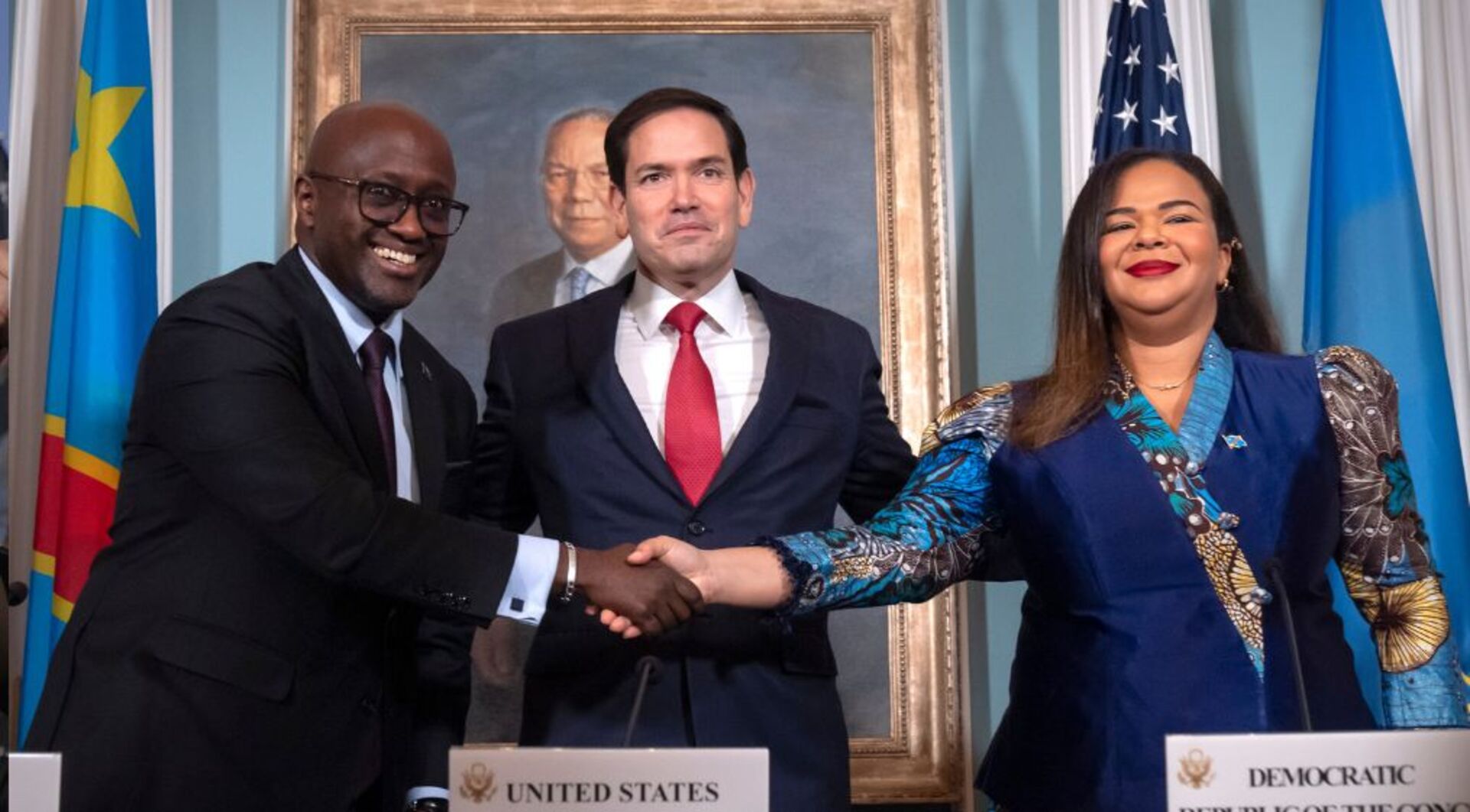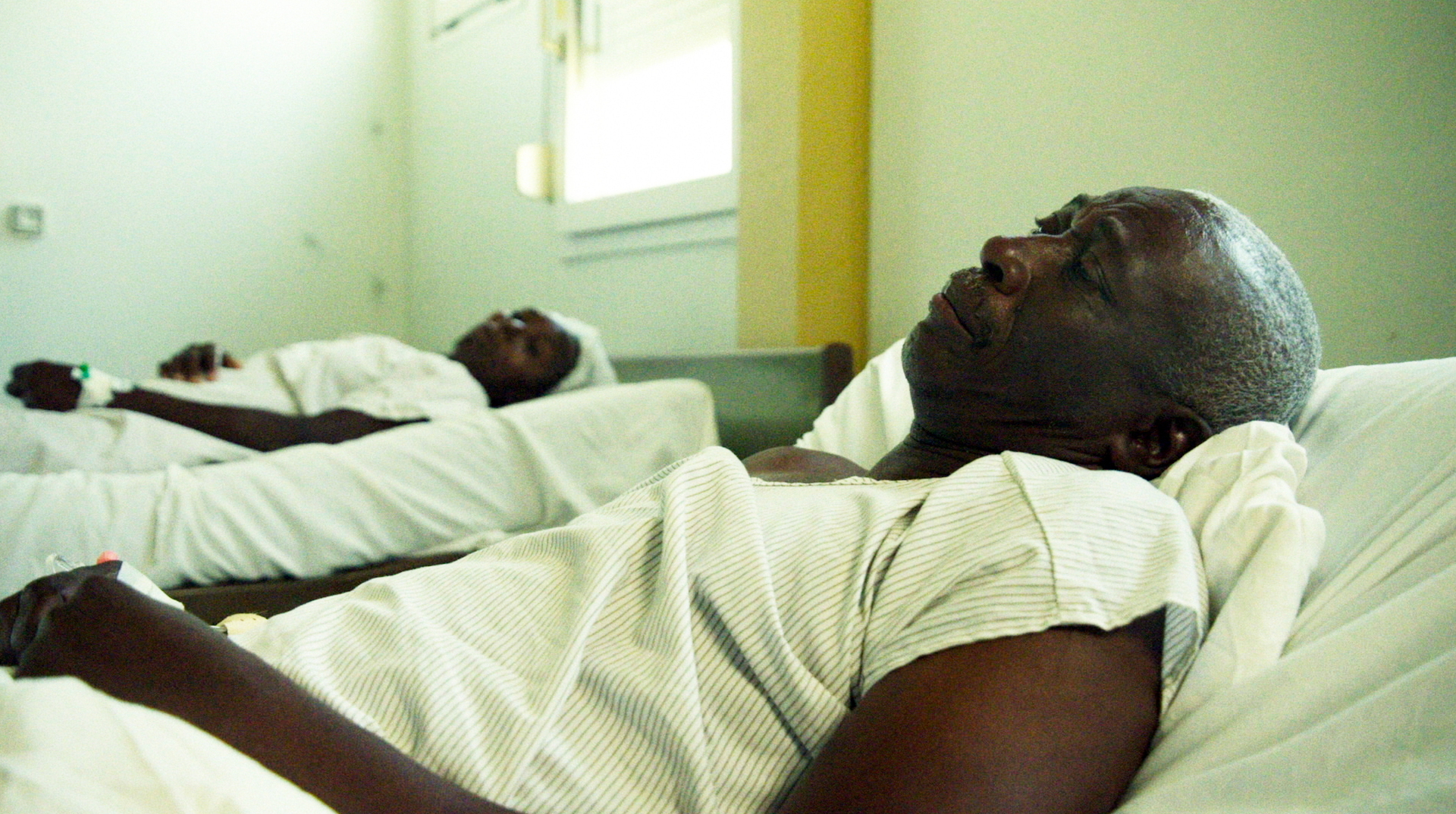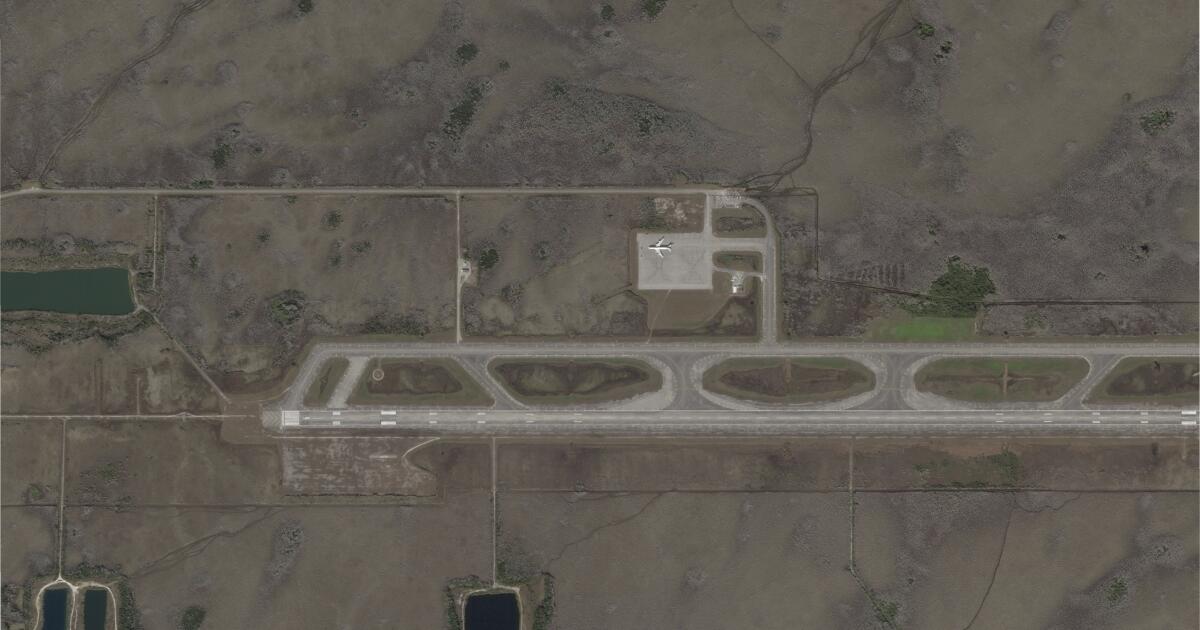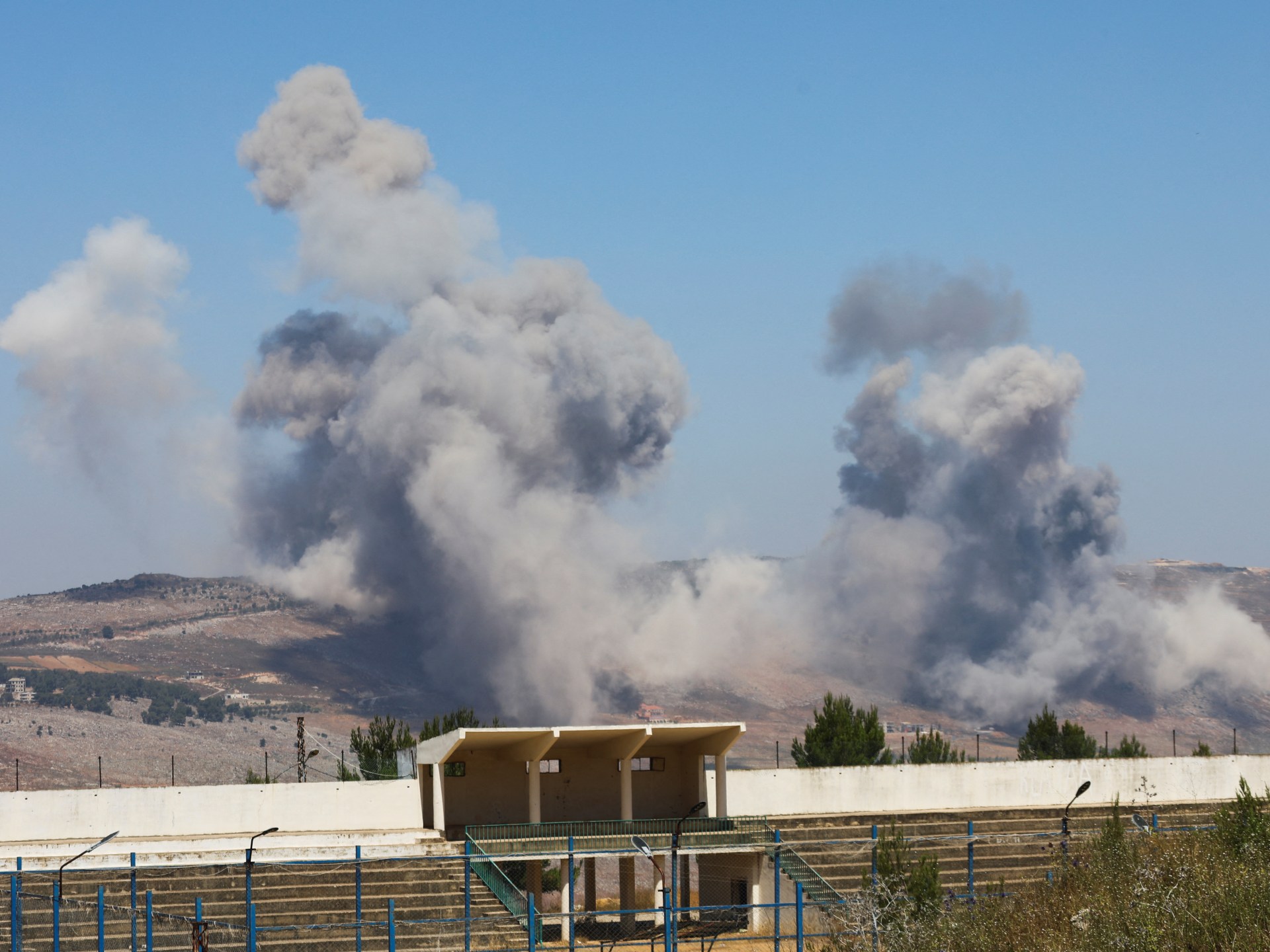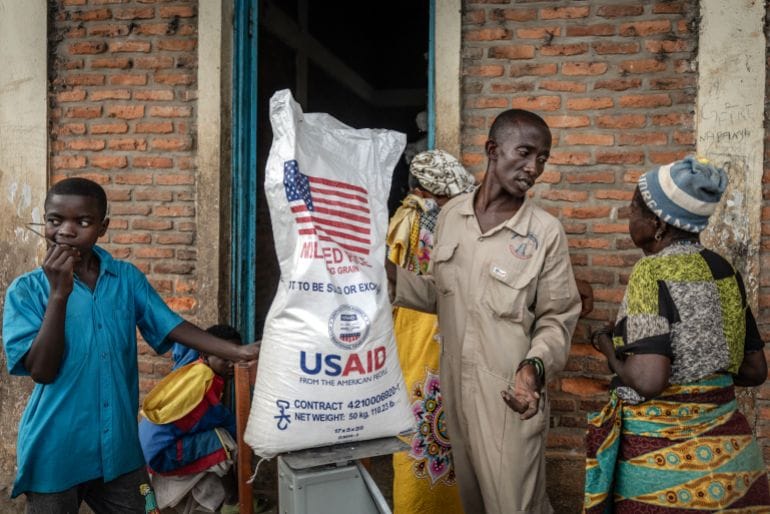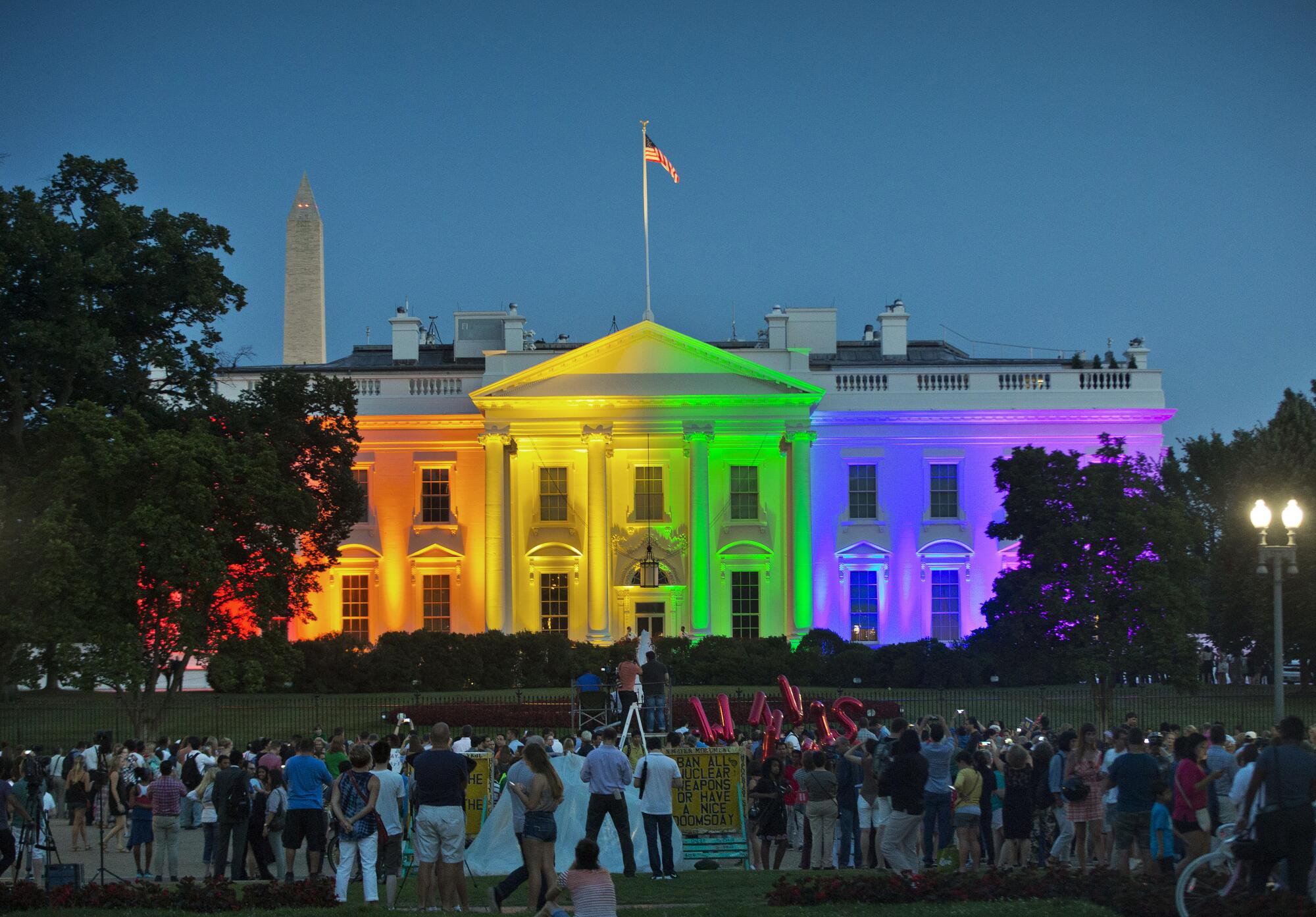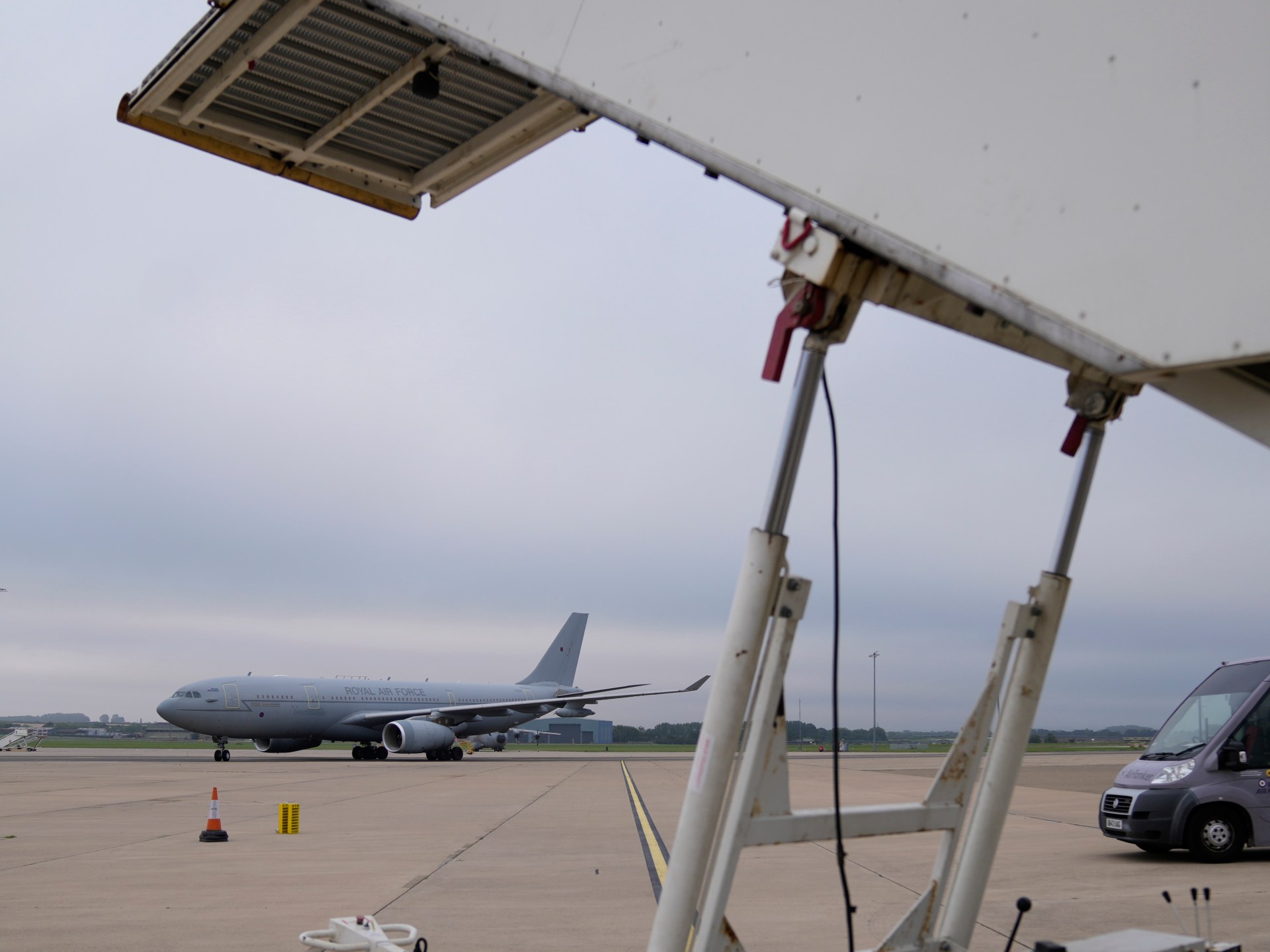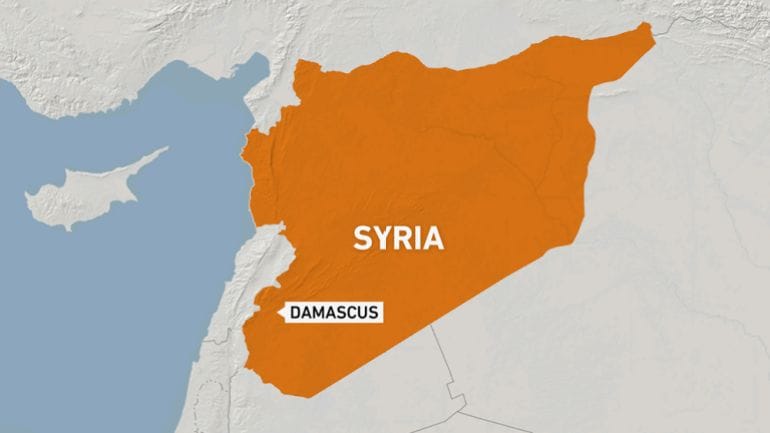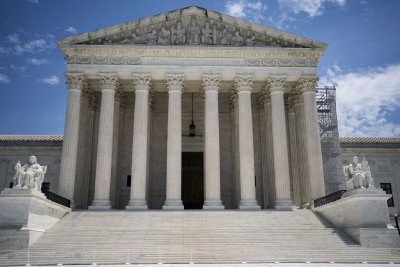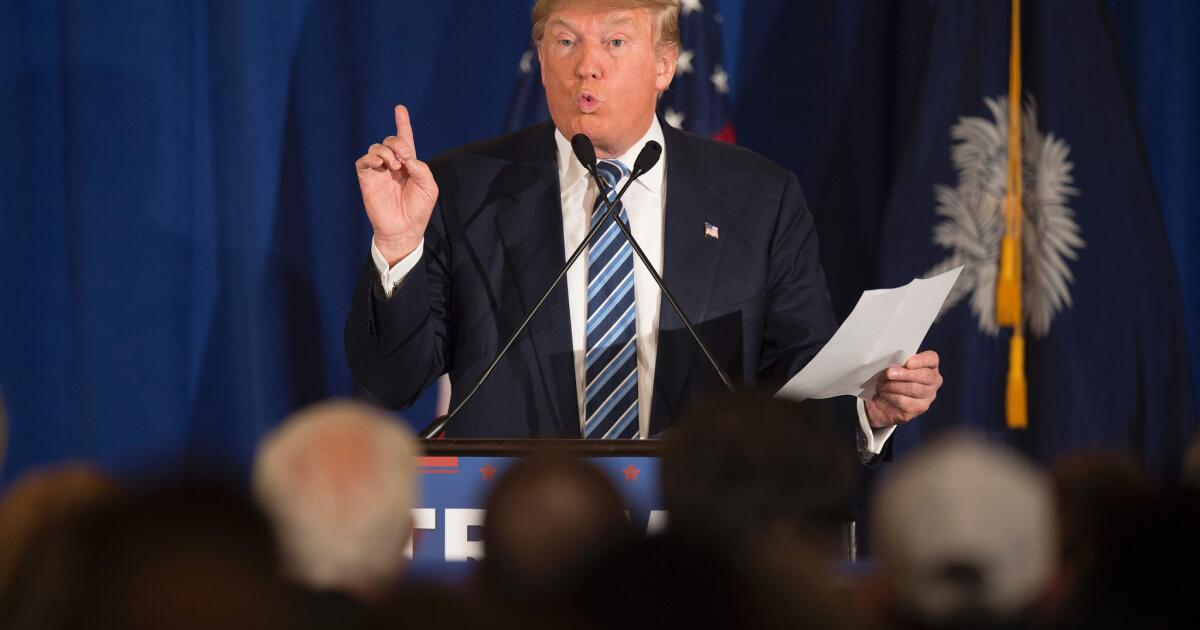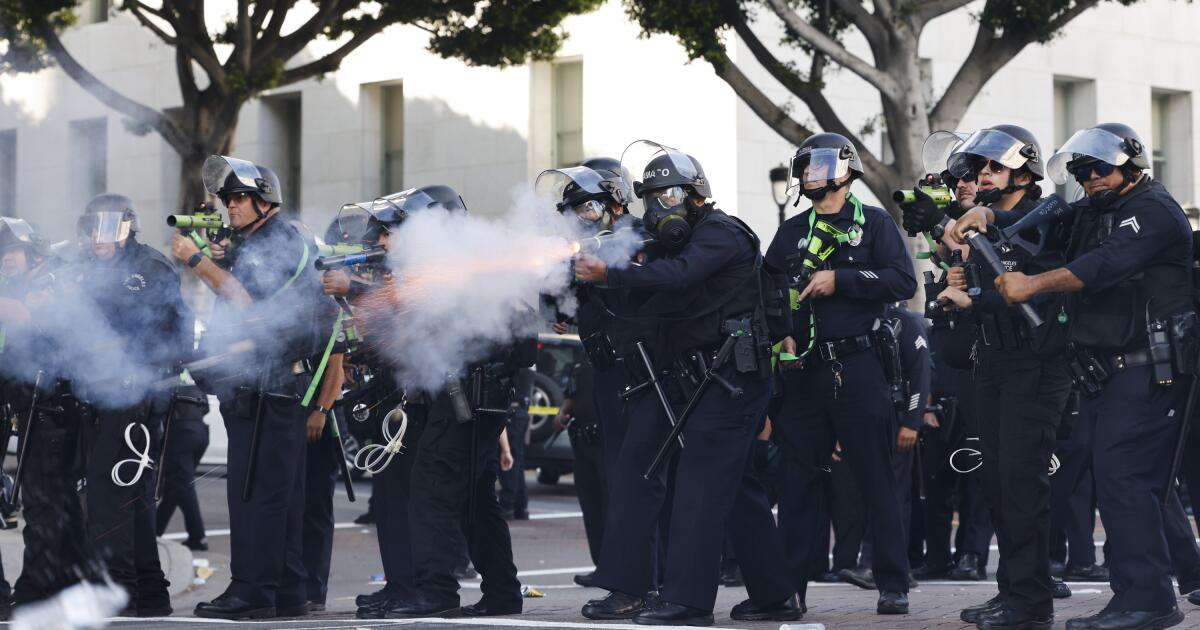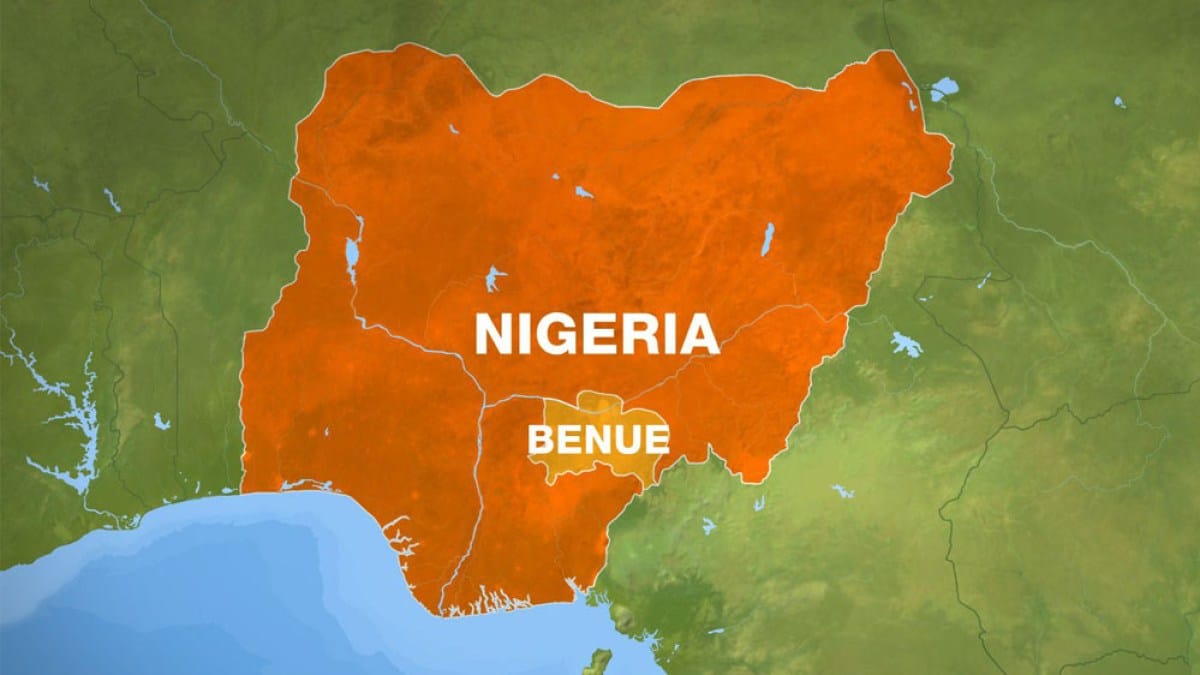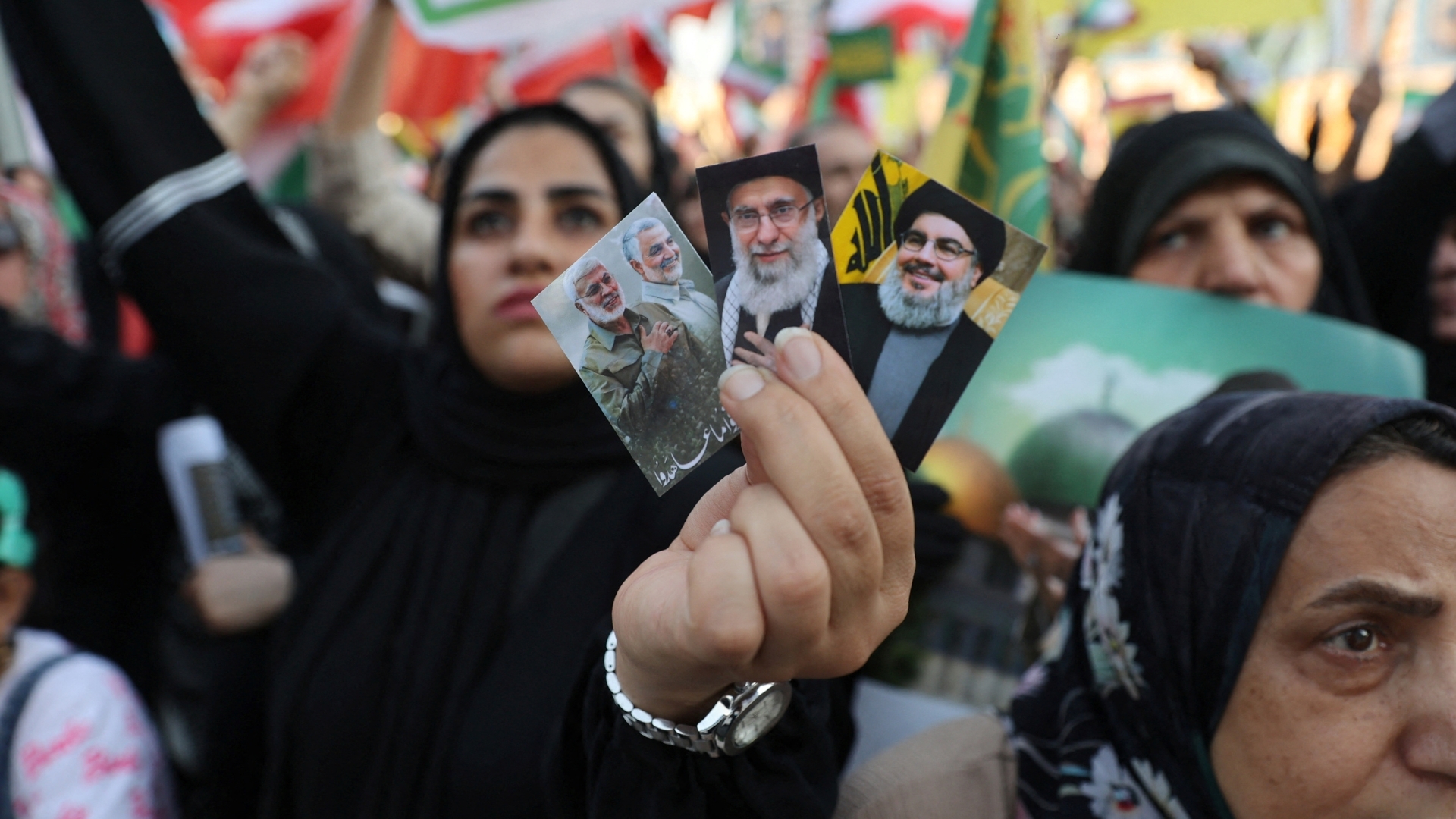Israel is pushing Gaza into starvation, global aid groups say
WASHINGTON — As the United Nations and global aid groups sound the alarm of widening starvation resulting from U.S.-backed Israeli food distribution policies in the Gaza Strip, the Trump administration said Thursday it is cutting short Gaza ceasefire talks and bringing its negotiating team home from Qatar to discuss next steps.
The apparent derailing of the talks comes as Israel’s blockade and military offensive have driven Gaza to the brink of famine, according to aid groups. The U.N. food agency says nearly 100,000 women and children are suffering from severe, acute malnutrition, and the Gaza Health Ministry has reported a rise in hunger-related deaths.
British Prime Minister Keir Starmer said he would hold an emergency call Friday with officials from Germany and France to discuss how to urgently get food to people in need and pursue a plan to build a lasting peace.
“The suffering and starvation unfolding in Gaza is unspeakable and indefensible,” he said in a statement. The three European countries “all agree on the pressing need for Israel to change course and allow the aid that is desperately needed to enter Gaza without delay.”
French President Emmanuel Macron announced Thursday that France would recognize Palestine as a state, saying, “The urgent thing today is that the war in Gaza stops and the civilian population is saved.
“Given its historic commitment to a just and sustainable peace in the Middle East, I have decided that France will recognize the state of Palestine,” Macron posted. “Peace is possible.”
The Israeli Foreign Ministry had no immediate comment.
Israel has come under mounting pressure, with 28 Western-aligned countries calling for an end to the war and harshly criticizing Israel’s blockade and a new aid delivery model it has rolled out. More than 100 charity and human rights groups released a similar letter, saying even their own staff are struggling to get enough food.
In an open letter, 115 organizations, including major international aid groups such as Doctors Without Borders, Mercy Corps and Save the Children, said they were watching their own colleagues, as well as the Palestinians they serve, “waste away.”
The letter blamed Israeli restrictions and “massacres” at aid-distribution points. Witnesses, health officials and the U.N. human rights office say Israeli forces have repeatedly fired on crowds seeking aid, killing more than 1,000 people. Israel says its forces have only fired warning shots and that the death toll is exaggerated.
The Israeli government’s “restrictions, delays, and fragmentation under its total siege have created chaos, starvation, and death,” the letter said.
The U.S. and Israel rejected the allegations and blamed Hamas for prolonging the war by not accepting their terms for a ceasefire.
Hamas’ latest response “shows a lack of desire” to reach a truce, President Trump’s special envoy Steve Witkoff said Thursday.
“While the mediators have made a great effort, Hamas does not appear to be coordinated or acting in good faith,” Witkoff said in a statement. “We will now consider alternative options to bring the hostages home and try to create a more stable environment for the people of Gaza.”
State Department spokesperson Tommy Pigott would not offer details on what “alternative options” the U.S. is considering to free hostages held by the militant group.
A breakthrough on a ceasefire deal between Israel and Hamas following 21 months of war has eluded the Trump administration as humanitarian conditions worsen in Gaza. Thursday’s move is the latest setback as Trump has tried to position himself as peacemaker and vowed to broker agreements in conflicts from Ukraine to Gaza.
Israeli troops Wednesday at the border with the Gaza Strip.
(Jack Guez / AFP / Getty Images)
Israel says it is allowing in enough aid and blames U.N. agencies for not distributing it. But those agencies say it is nearly impossible to safely deliver it because of Israeli restrictions and a breakdown of law and order, with crowds of thousands unloading food trucks as soon as they move into Gaza.
A separate Israeli- and U.S.-backed system run by an American contractor has also been marred by chaos.
“Of course, we want to see the end of devastation that is taking place in Gaza,” Pigott said. “That is why we have supported the Gaza Humanitarian Foundation. That is why we’ve seen those 90 million meals being distributed.”
When pressed on whether and how the U.S. would proceed on seeking a truce in Gaza, Pigott did not offer clarity and told reporters that “this is a very dynamic situation.”
He said there’s never been a question of the U.S. commitment to reaching a ceasefire and faulted Hamas.
The sides have held weeks of talks in Qatar, reporting small signs of progress but no major breakthroughs. Officials have said a main sticking point is the redeployment of Israeli troops after any ceasefire takes place.
Witkoff said the U.S. is “resolute” in seeking an end to the conflict in Gaza and it was “a shame that Hamas has acted in this selfish way.”
The White House and representatives for Hamas had no immediate comment.
Macron, in making his announcement Thursday recognizing Palestinian statehood, posted a letter he sent to Palestinian Authority President Mahmoud Abbas about his decision.
The French president offered support for Israel after the Oct. 7, 2023, Hamas-led attacks and frequently speaks out against antisemitism. But he has grown increasingly frustrated about Israel’s war in Gaza, especially in recent months.
France is the biggest and most powerful European country to recognize Palestine. More than 140 countries recognize a Palestinian state, including more than a dozen in Europe.
France has Europe’s largest Jewish population and the largest Muslim population in Western Europe, and fighting in the Middle East often spills over into protests or other tensions in France.
Israel also calls back its negotiators
Earlier Thursday, Israeli Prime Minster Benjamin Netanyahu’s office recalled his negotiating team in light of Hamas’ response. In a brief statement, Netanyahu’s office expressed appreciation for the efforts of Witkoff and other mediators Qatar and Egypt but gave no further details.
The deal under discussion was expected to include an initial 60-day ceasefire in which Hamas would release 10 living hostages and the remains of 18 others in phases in exchange for Palestinians imprisoned by Israel. Aid supplies would be ramped up, and the two sides would hold negotiations on a lasting ceasefire.
The talks have been bogged down over competing demands for ending the war. Hamas says it will only release all hostages in exchange for a full Israeli withdrawal and end to the war. Israel says it will not agree to end the conflict until Hamas gives up power and disarms. The militant group says it is prepared to leave power but not surrender its weapons.
Hamas is believed to be holding the hostages in different locations, including tunnels, and says it has ordered its guards to kill them if Israeli forces approach.
Trump has been pushing for peace
Trump has made little secret of the fact he wants to receive a Nobel Peace Prize. For instance, he has promised to quickly negotiate an end to Russia’s war in Ukraine, but little progress has been made.
On the war in Gaza, Trump met with Netanyahu at the White House this month, putting his weight behind a push to reach a deal.
But despite a partnership further solidified by their countries’ joint strikes on Iran, the Israeli leader left Washington without any breakthrough.
The State Department had said earlier in the week that Witkoff would be traveling to the Middle East for talks, but U.S. officials later said that Witkoff would instead travel to Europe. It was unclear if he held meetings there Thursday.
Price and Krauss write for the Associated Press. Krauss reported from Ottawa, Canada. AP writers Josef Federman and Julia Frankel in Jerusalem and Farnoush Amiri in New York contributed to this report.

